In Split, a local named Bobo and his dog Bennie greet us and show the way as the driver guides our big bus up a winding mountain road, inching around narrow corners in the village without every scraping a building or parked car. On the way, Bobo tells us about the area and about his life, how he and his wife have restored the family homestead. His wife, Bobo says, is relaxing at a spa or a retreat, and so two neighbor women will help him prepare and serve a local food.
We walk the last block along a lane to his home — an assortment of 300-year-old stone buildings that offer a glimpse into country life, unchanged in centuries.
A friendly woman named Honey, offers us small cups of grappa. Her table is filled with every flavor of this house-made brandy that you can imagine. Honey- and walnut-flavored are popular, but my personal favorite is cherry. Fresh-tasting, not artificial like cough syrup.
As it turns out, our main activities at Bobo’s home will be eating and drinking, or maybe drinking, then eating. We will observe the making of a flat savory pie called soparnik. The dough, from locally ground wheat flour, contains no leavening, just salt and water. The filling is shredded chard leaves, mixed with a bit of olive oil and onion.
She rolls out the dough to a cover a round board almost three feet in diameter. Then she rolls an equal portion on a second board.

Meanwhile Bobo gives us a taste of the chard, which we find tender and sweet, and we think how lucky Bobo is to have this hard-working woman as a neighbor.
She places the chard mixture on top of one round of rolled dough,
covers it with another round.
She trims the edges to match exactly, and crimps the edge tight, pokes a couple of holes in the top for steam to escape, and sprinkles with a bit of cornmeal.
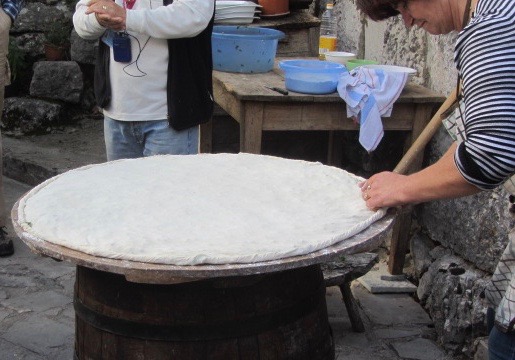
She then places another round board on top, and hoists the whole thing over her head to carry into the smokehouse. Alas, I’m so amazed at this woman’s strength, that I fail to capture a photo of her hoisting.
We squeeze into Bobo’s smokehouse, a small stone building where a wood fire has been burning on a wide stone hearth. We sit around the edges and watch the neighbor brush the live coals toward the back of the hearth.
She slides the soparnik onto the hot hearth
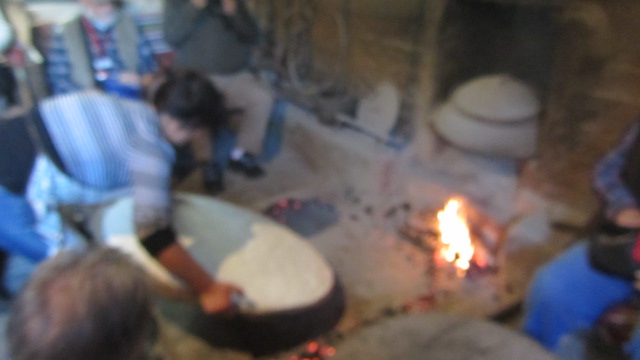
and covers it with live coals and ash.
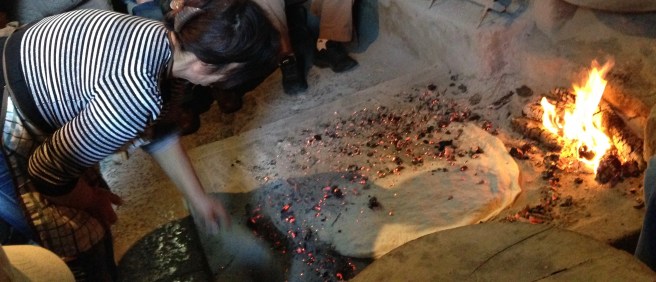
We sit for fifteen to twenty minutes while it bakes, and listen to Bobo describe how the smokehouse is, historically, a gathering place on cold days, to chat and drink grappa, with hunks of meat hanging from the rafters. We will eat meats smoked here.
Bobo brushes the baked soparnik with chopped garlic and olive oil,
and cuts into rhombus-shaped pieces.
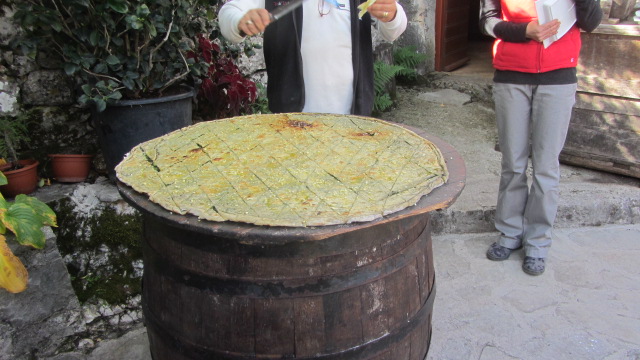
Bobo’s brother plays an ancient instrument and sings us a mournful ballad about the Croatian heroine Mila Gojsalić, who died in 1530,
while we eat and enjoy the soparnik along with Bobo’s home-made prosciutto, smoked hog’s neck, hard cheese, bread and wine. Plenty of wine.
All home-made, and all delicious.
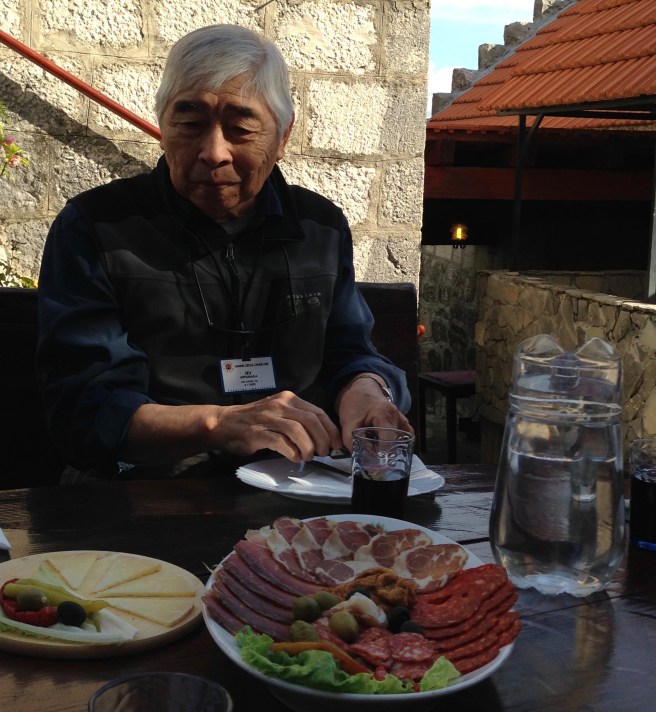
We file back to our bus, sated and happy, and smelling of smoke.
Date of travel: October 2017. Tour: OAT’s Hidden Gems of the Dalmatian Coast
Possibly available directly: This looks like the place.
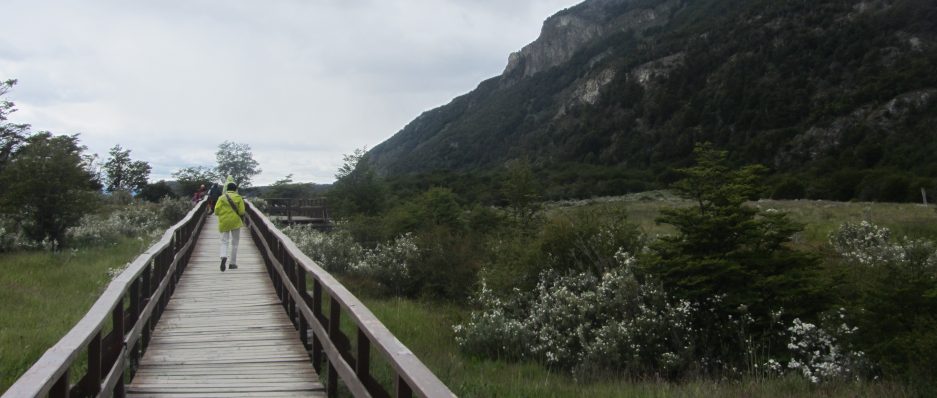







What an experience! Makes me want to go. Was this part of a tour or a day excursion?
LikeLiked by 1 person
This was included as part of OAT’s tour. This was just one one of many wonderful experiences.
LikeLike
Thanks for publishing this. I couldn’t remember the name of the pie, sooo delicious ! I was delighted to meet you both. Happy Holidays. Wishing you a year full of peace, joy, laughter and adventure. Loie
LikeLiked by 1 person
You make all your stories so enjoyable, Evelyn, and you have a knack for taking something simple yet so interesting as the making of the soparnik. I can’t wait to go next year.
LikeLiked by 1 person
You’ll love it!
LikeLike